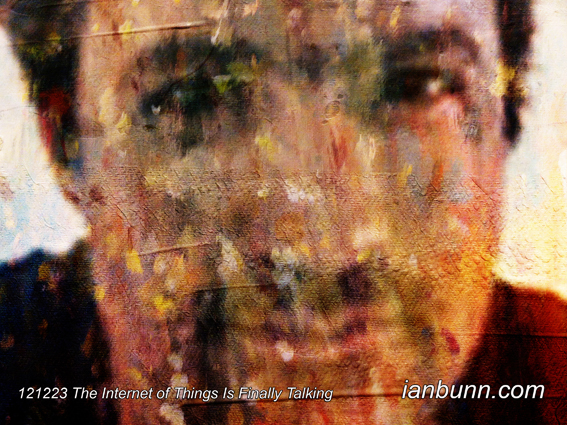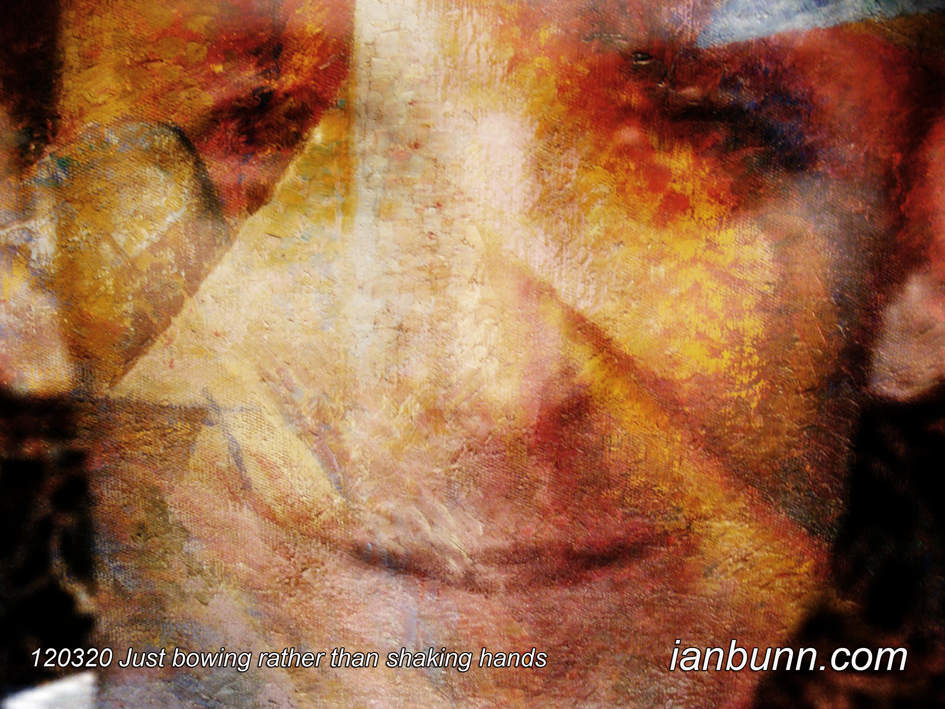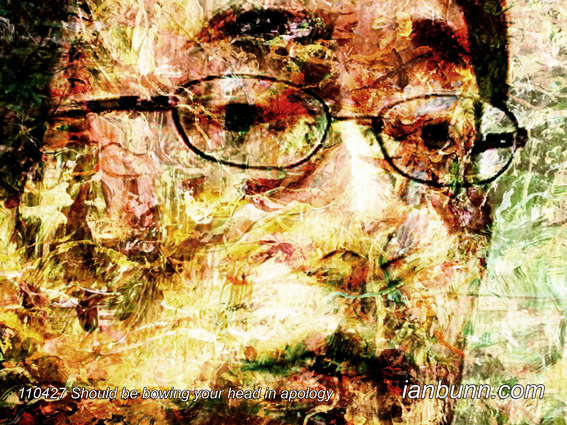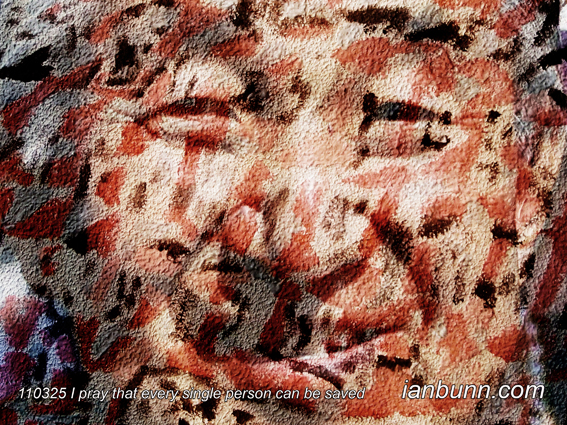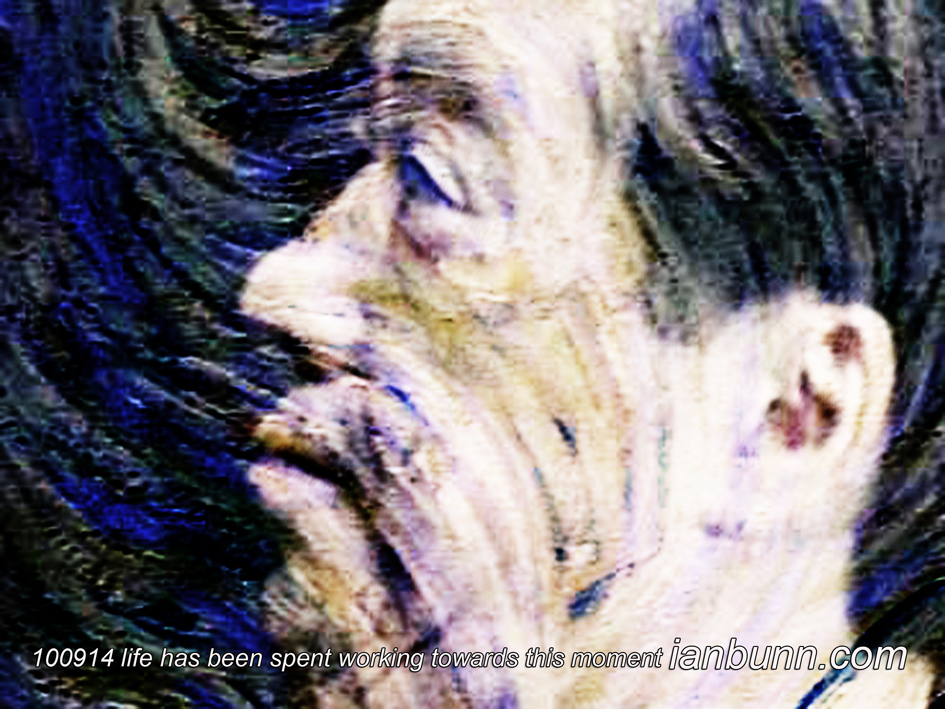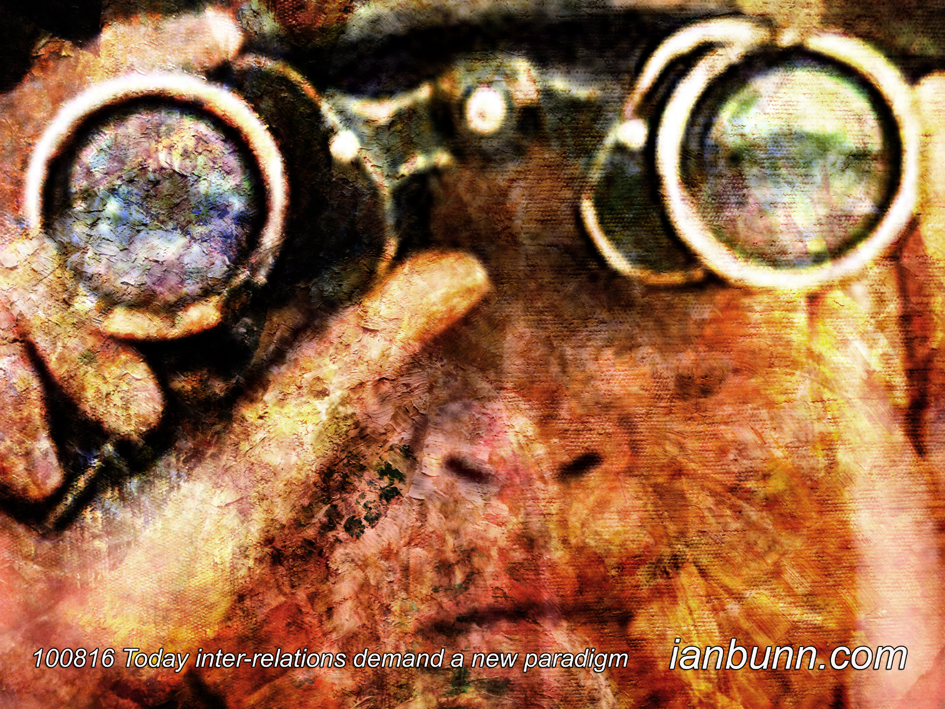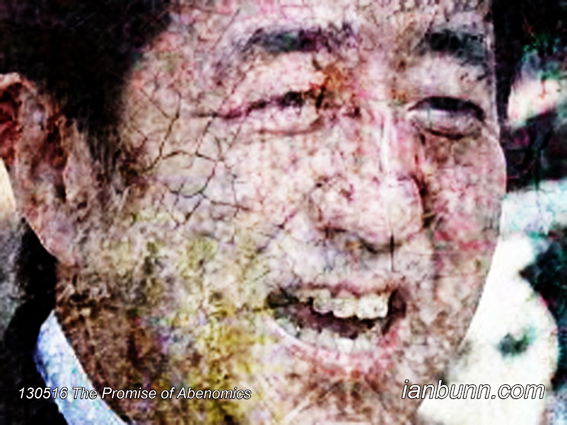 The Promise of Abenomics (May 16 2013)
The Promise of Abenomics (May 16 2013)
Shinzo Abe the 58 year old and youngest post-World War II Prime Minister of Japan and also the President of the Liberal Democratic Party (LDP) has been the subject of article by Joseph Stiglitz on the Project Syndicate titled ‘The Promise of Abenomics’. Stiglitz states “…Abe’s program for his country’s economic recovery has led to a surge in domestic confidence. But to what extent can “Abenomics” claim credit? Interestingly, a closer look at Japan’s performance over the past decade suggests little reason for persistent bearish sentiment. Indeed, in terms of growth of output per employed worker, Japan has done quite well since the turn of the century. …as many Japanese rightly sense, Abenomics can only help the country’s recovery. Abe is doing what many economists (including me) have been calling for in the US and Europe: a comprehensive program entailing monetary, fiscal, and structural policies. Abe likens this approach to holding three arrows – taken alone, each can be bent; taken together, none can. …Government efforts to increase productivity in the service sector probably will be particularly important. For example, Japan is in a good position to exploit synergies between an improved health-care sector and its world-class manufacturing capabilities, in the development of medical instrumentation. …There is every reason to believe that Japan’s strategy for rejuvenating its economy will succeed: the country benefits from strong institutions, has a well-educated labor force with superb technical skills and design sensibilities, and is located in the world’s most (only?) dynamic region. It suffers from less inequality than many advanced industrial countries (though more than Canada and the northern European countries), and it has had a longer-standing commitment to environment preservation. If the comprehensive agenda that Abe has laid out is executed well, today’s growing confidence will be vindicated. Indeed, Japan could become one of the few rays of light in an otherwise gloomy advanced-country landscape.”
Inspired by Joseph Stiglitz, Project Syndicate ow.ly/kuCAs Image source TTTNIS ow.ly/kuCDc
